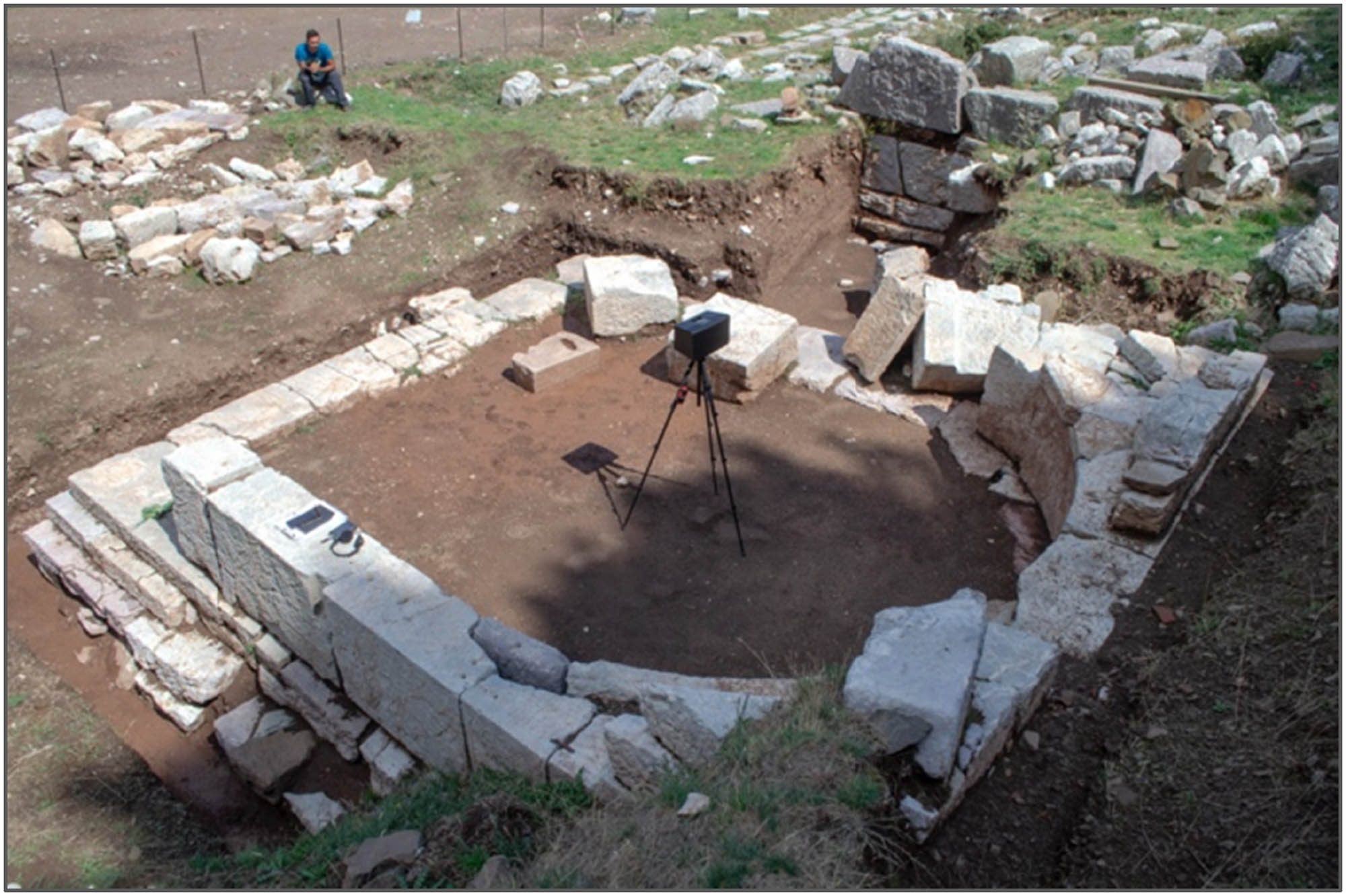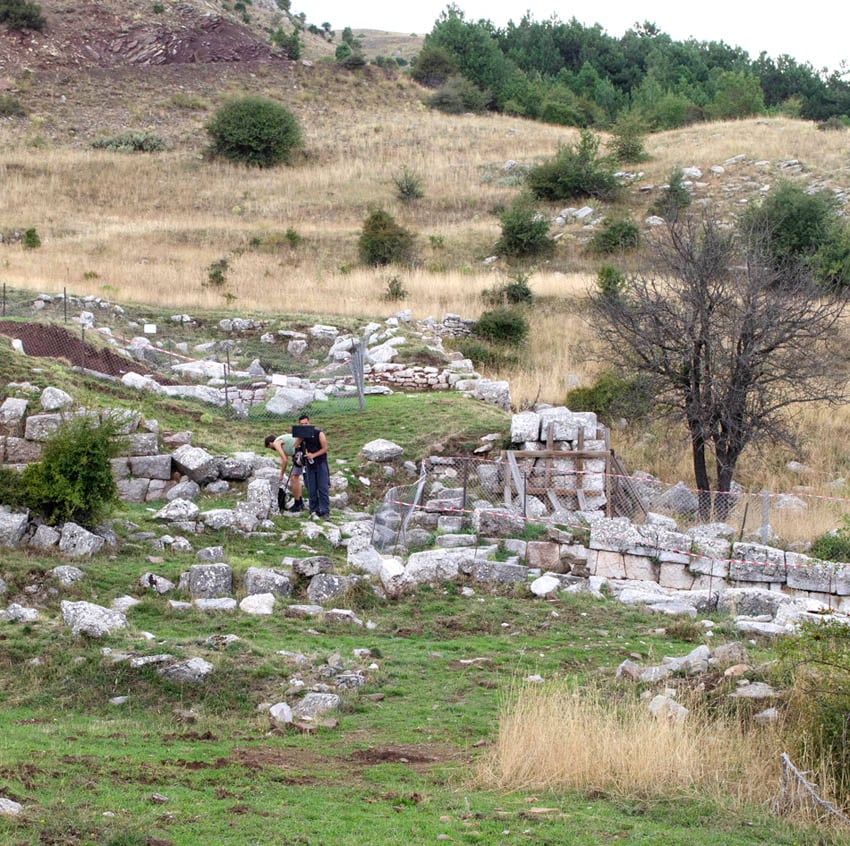
A new study which uses a novel technique to understand how sounds were perceived by ancient humans claims to have uncovered secrets at the Sanctuary of Zeus on Mount Lykaion in Greece.
The newly published study explores the movement of sound within the Sanctuary of Zeus using a recently-developed technique called psychoacoustics, detailing how sounds interacting among different structures can provide an idea of their original purpose.
Published in the journal Open Archaeology, Pamela Jordan from the University of Amsterdam led the study at the Sanctuary of Zeus with the goal of gathering insight into how the site may have been used by ancient visitors.
“If you use sound as the basic frame, you inherently start from a place of connection and a place of interrelation between portions of the site,” Jordan told SciTechDaily.
How the Study Used Sound to Detect Secrets of Sanctuary of Zeus
The study consisted of Jordan and her team with over four recording sessions between 2015 and 2022. Pre-recorded sounds ranging from white noise to speeches at different points at the site were played.
These sounds were recorded using two microphones placed in close proximity to mimic human ears, known as binaural recording. The team then employed a range of digital tools to help evaluate the sound frequency and clarity experienced at various points.
More than 1,600 recordings were made in total in 2022, allowing the research team to analyze lots of sound relationships at a bunch of points throughout the sanctuary. Jordan noted that other researchers had said sounds from the site’s hippodrome could easily be heard from a hillside to the west. Taking this into consideration, Jordan’s team recordings did show that the hippodrome’s surface reflected sound to both the audience in the arena and those who may have gathered on the hillside.

This showed the hillside could have acted as an important viewing position. Switching the speakers and microphone positions further revealed sounds from the hillside could be heard in the hippodrome at the Sanctuary of Zeus.
The study concludes, “Sonic investigations on Mount Lykaion have made one thing clear: sound can be an organizing force to human interaction on the mountain. Applying psychoacoustic approaches to archaeological examinations here enables new kinds of queries concerning how sounded events were perceived in the past by listeners, in addition to how architecture or landscape may have harbored sonic experience.”
Based on the study report, “a primary question guiding work on Mount Lykaion is whether the placement of architectural structures took advantage of latent acoustics in the landscape for ritual practice. The evidence is not yet sufficient to say definitively that sonic effect was an intentional driver of the sanctuary’s (standing) architectural design.”
“However,” according to the study, “the findings substantiate where and to what degree sound could have played a central role in visitor experience. Sonic connectivity between distant people and their activities would have been a prevailing feature in stationary positions.”
See all the latest news from Greece and the world at Greekreporter.com. Contact our newsroom to report an update or send your story, photos and videos. Follow GR on Google News and subscribe here to our daily email!



